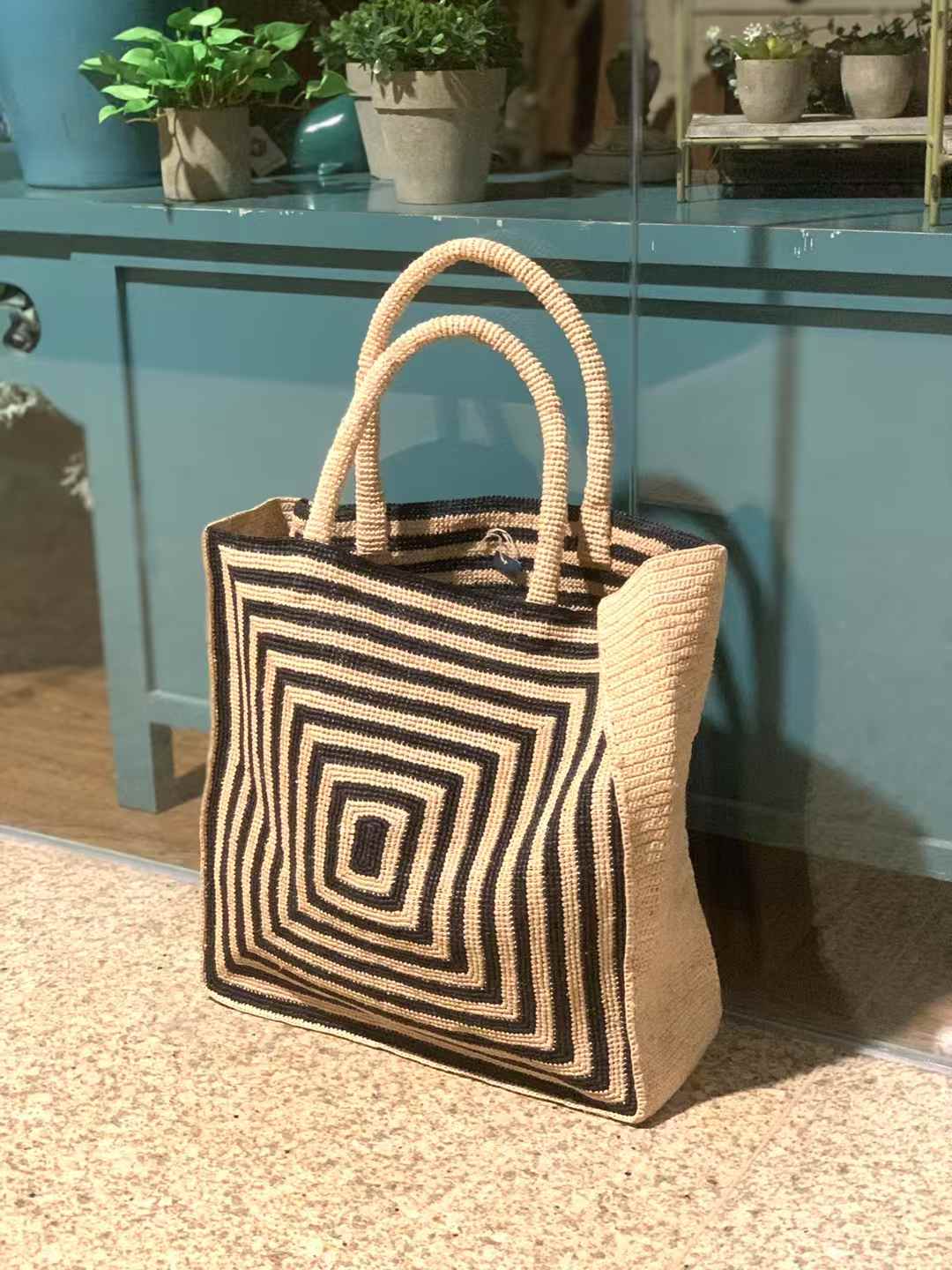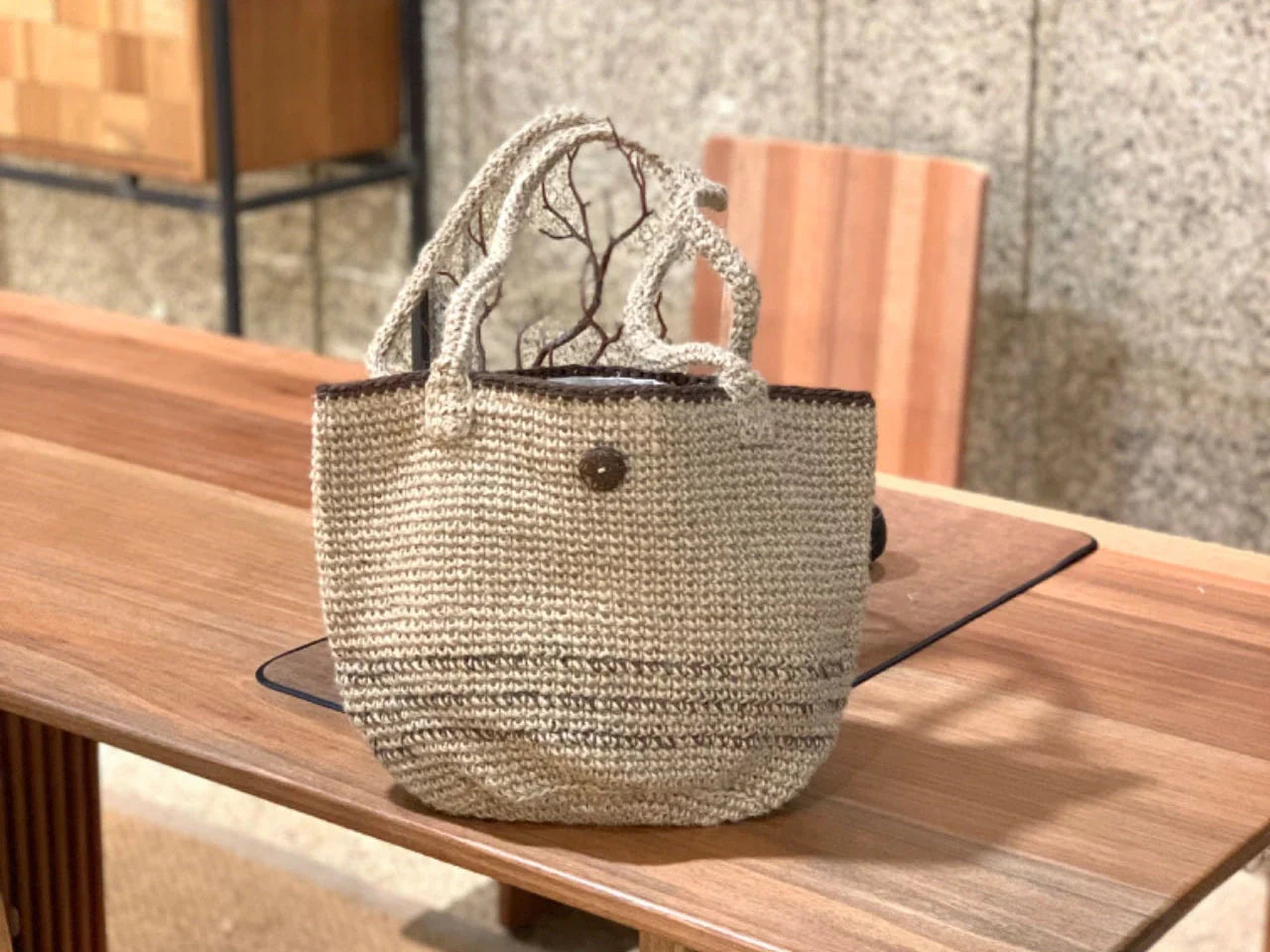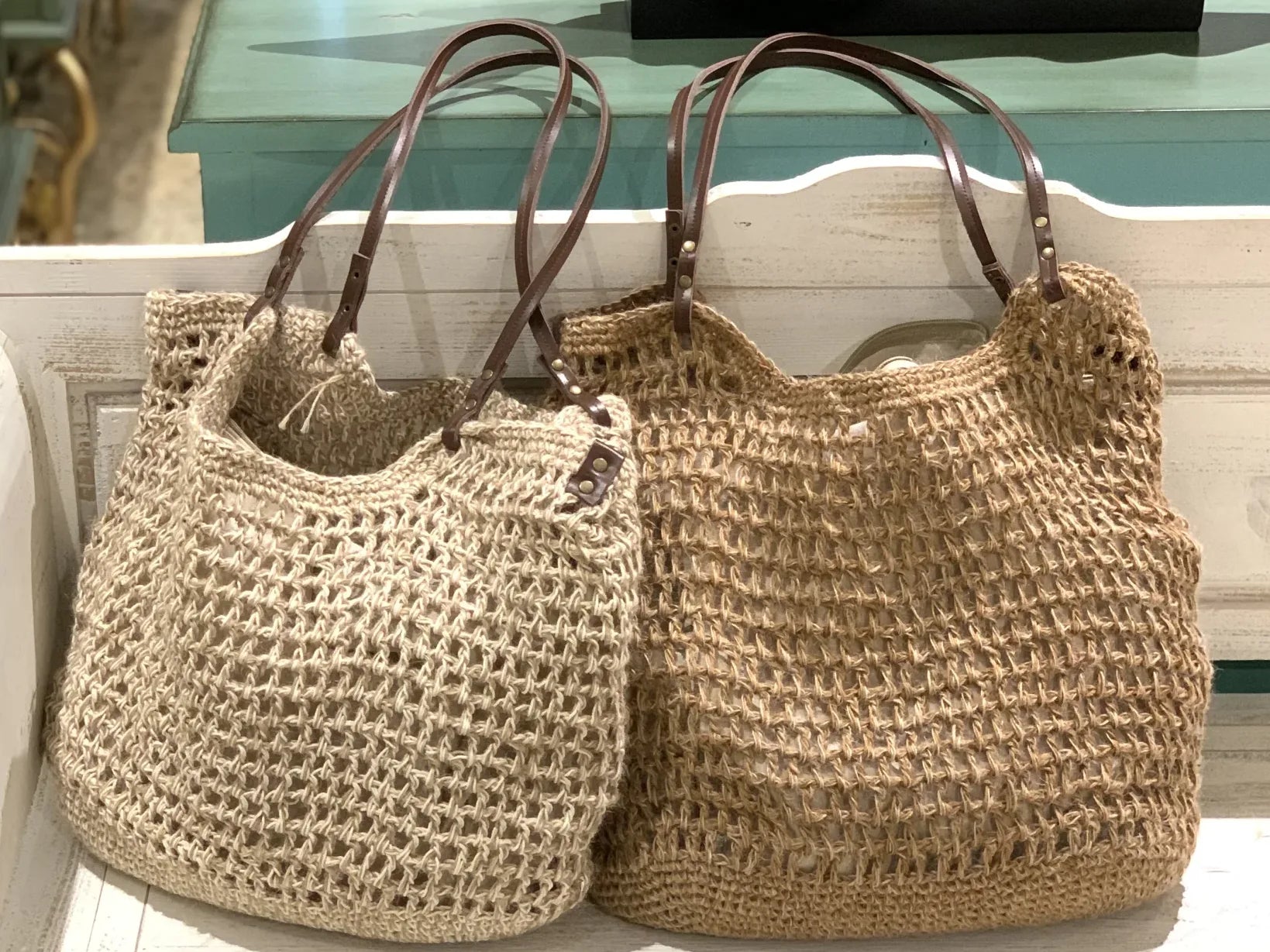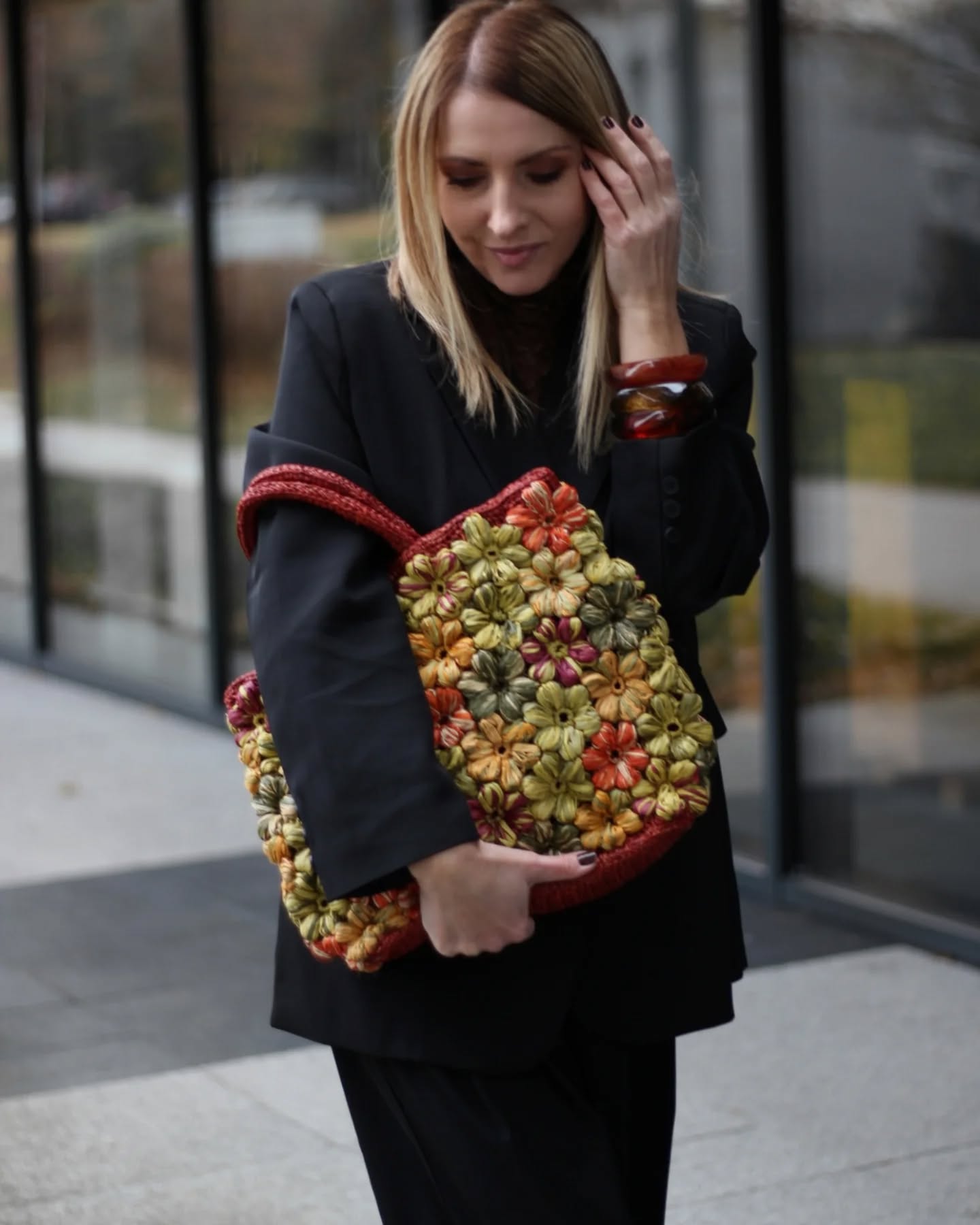A Complete Guide to Straw Bag Materials: How to Choose the Right Straw Bag for You

A Complete Guide to Straw Bag Materials: How to Choose the Right Straw Bag for You
Straw bags have taken the fashion world by storm, known for their lightweight feel, eco-friendly appeal, and intricate handwoven designs. However, not all "straw" bags are created equal. A closer look at the materials used in making these bags reveals significant differences in quality, durability, and aesthetics. In this blog, we'll explore the main materials used in straw-style bags and determine which one truly stands out as the best.
1. Natural Raffia from Madagascar
Authentic raffia comes from the raffia palm (Raphia farinifera), primarily found in Madagascar. The fibers are harvested, sun-dried, and then handwoven into long, flexible strands. These strands are then crafted—either through hand weaving or hand crochet—into beautiful, lightweight, and highly durable raffia bags and accessories. Renowned for its natural elegance and strength, Madagascan raffia is a favorite choice for artisanal raffia bags accessories.
Key Characteristics of Natural Raffia:
-
Durability: Exceptionally resilient, raffia holds up well against daily wear and tear, making it ideal for long-lasting bags.
-
Flexibility: Its supple and pliable nature allows artisans to create intricate and detailed weaving or crochet patterns with ease.
-
Eco-Friendliness: 100% biodegradable and sustainably harvested, raffia is an environmentally responsible choice for conscious consumers.
-
Aesthetic Appeal: Boasting a luxurious, natural texture and rich earthy tones, raffia develops a beautiful patina over time, enhancing its organic charm.
2. Paper Straw
Paper straw is a popular material in the world of straw-style bags, appreciated for its affordability and ease of production. Created by tightly twisting paper fibers into a straw-like form, it offers a stylish look at a lower cost.
Key Characteristics of Paper Straw:
-
Lightweight: Extremely light and easy to carry, perfect for occasional use or fashion-focused bags.
-
Less Durable: Compared to natural fibers like raffia, paper straw is more delicate and prone to tearing.
-
Not Water-Resistant: Moisture can cause the material to lose its shape or become weak, limiting its lifespan.
-
Eco-Friendliness: While technically biodegradable, some types involve adhesives or coatings that reduce overall sustainability.
-
3. Cotton Straw
Cotton straw is a woven cotton fiber designed to replicate the look of natural straw while offering a softer, more casual alternative. It’s often used in relaxed, beach-style bags.
Key Characteristics of Cotton Straw:
-
Soft Texture: Gentle to the touch and comfortable to carry, ideal for casual or summer accessories.
-
Less Structure: Lacks the firmness and form-holding ability of raffia, making it more suitable for slouchy or unstructured designs.
-
Prone to Fraying: Cotton fibers can wear down over time, especially with frequent use or exposure to rough surfaces.
-
Sustainability: As a natural fiber, it’s biodegradable, though additional chemical processing may reduce its eco-friendliness. cotton straw bag is biodegradable but may require additional processing that impacts its eco-friendliness.
-

-
4. Synthetic Straw (Plastic-Based)
Synthetic straw, often made from plastic-based materials like polypropylene, is a cost-effective alternative used widely in mass-produced straw-style bags. While it offers practical benefits, it lacks the natural charm of organic fibers.
Key Characteristics of Synthetic Straw:
-
Highly Durable: Resistant to moisture, mold, and breakage—making it ideal for all-weather or high-use bags.
-
Not Eco-Friendly: As a plastic-based material, it is non-biodegradable and contributes to long-term environmental waste.
-
Lacks Authenticity: The texture feels artificial and lacks the breathable, organic feel of natural materials like raffia or cotton straw.
-
Glossy Finish: Often has a shinier surface, giving it a more synthetic appearance that may feel less refined or artisanal.
Conclusion: The Best Material for Straw Bags
After exploring the range of materials used in straw bags, one stands out above the rest: Natural Raffia from Madagascar. With its exceptional durability, natural flexibility, eco-friendly properties, and rich aesthetic, raffia offers a premium combination that synthetic and paper-based alternatives simply can’t replicate.
While paper straw and cotton straw provide budget-friendly and lightweight options, they fall short in longevity and structural integrity. Synthetic straw, though durable, lacks the authenticity and sustainability that many modern consumers seek.
For those who value quality craftsmanship, environmental responsibility, and timeless design, investing in a straw bag made from genuine Madagascan raffia is the clear choice. Not only will you own a beautifully handwoven piece, but you’ll also support traditional artisans and sustainable practices that respect both nature and culture.





